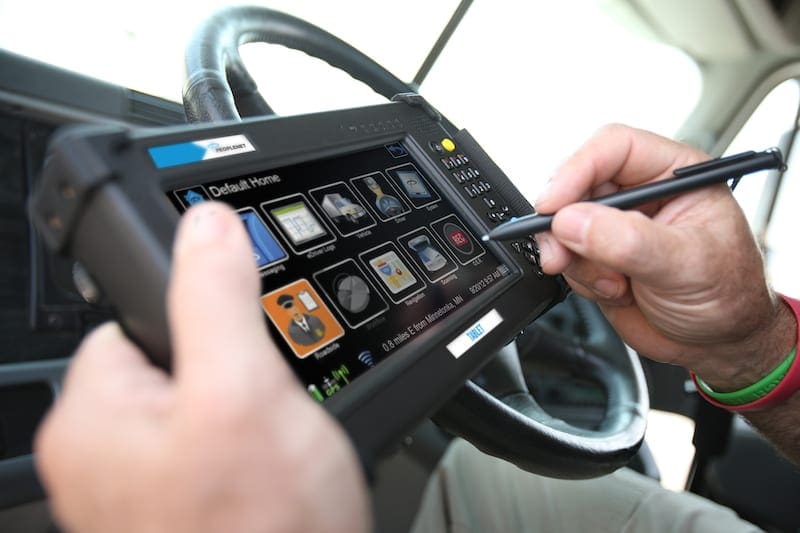The Commercial Vehicle Safety Alliance (CVSA) reaffirms that roadside inspection personnel are enforcing the electronic record of duty status (i.e., e-log) mandate effective April 1, 2018.
According to CVSA, commercial motor vehicle (CMV) drivers are expected to have a registered electronic logging device (ELD) or a grandfathered automatic on-board recording device (AOBRD). If a property-carrying driver is operating a CMV without one of the two options, he or she will be placed out of service for 10 hours. Similarly, a passenger-carrying CMV driver will be placed out of service for 8 hours.
In addition, failing to have a required e-log device will appear on the roadside inspection report, and a ticket or civil penalty may be given to the driver.
Any e-log violation appearing on a roadside inspection report will count against a motor carrier’s Compliance, Safety, Accountability (CSA) Hours-of-Service Compliance BASIC. FMCSA will determine appropriate actions against motor carriers that are out of compliance.
What happens after being placed out of service?
CVSA indicates that after being placed out of service for 8 or 10 hours respectively, the driver:
- May continue to the final destination, but he or she must:
- Accurately document his or her hours of service using a paper record of duty status, and
- Carry a copy of the inspection report and/or citation.
- If stopped again before reaching the final destination, must provide enforcement personnel with a copy of the inspection report and proof that he or she is continuing the original trip. This may be satisfied using a bill of lading.
After reaching his or her final destination, CVSA states the driver may return to the principle place of business or terminal empty to obtain an ELD. However, if he or she is dispatched again without an acceptable e-log device, the driver will be subject to the out-of-service procedures noted above.
Originally Posted on the Idealease Safety Bulletin

